CARBON OFFSETS EXPLAINED
Carbon Offsets Reward Projects that Reduce or Remove Carbon Emissions
CARBON REMOVALS
A carbon removal credit can be created when project removes a tonne of carbon dioxide (or other greenhouse gas) from the atmosphere. This removal can be achieved through various methods, such as reforestation, afforestation, carbon capture and storage (CCS), soil carbon sequestration, and other forms of carbon sequestration technologies. They are necessary in accounting for unavoidable emissions through a company's operations.
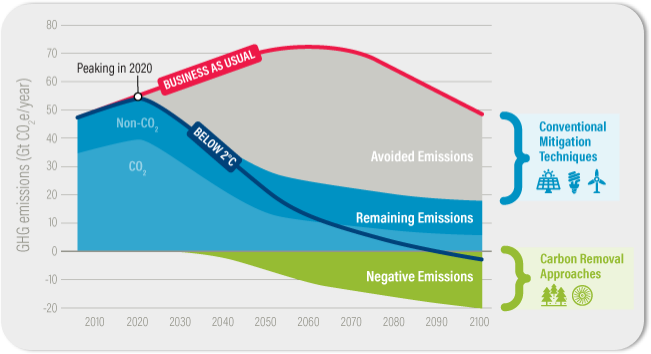
Source; UNEP 2016, World Resources Institute
CARBON AVOIDANCE
A carbon avoidance credit is created when a tonne of carbon dioxide is stopped from being released into the atmosphere. These credits include the prevention of deforestation, replacement of coal power stations with solar or wind and the replacement of diesel with zero emission fuels such as hydrogen.
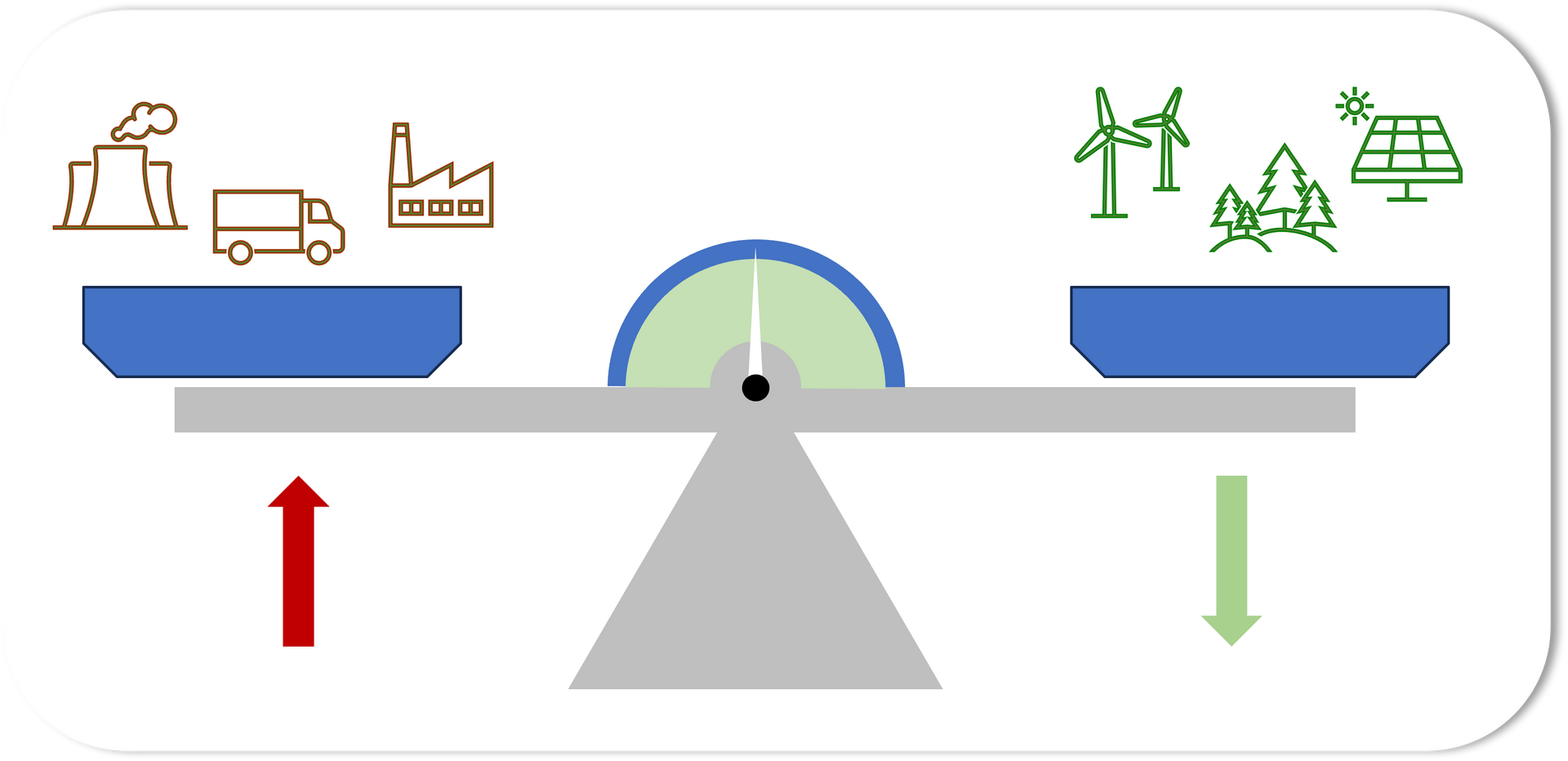
Shifting Towards Carbon Removal
Currently, the carbon market has a majority of carbon avoidance credits, due to their lower prices. As the global target of net zero by 2050 approaches, carbon removals will dominate almost 100% of the market, and their prices will fall due to more advanced carbon removal technology. Aton 6 aims to target larger quantities of removals vs avoidance offsets, creating higher quality and more meaningful carbon portfolios.
Carbon Offset Projects
Aton 6 offers clients a transparent and tailored carbon offset service , facilitating carbon reduction projects of their choice. All our carbon reduction projects are carefully selected to ensure they are of high integrity, in order for clients to have the utmost confidence in their carbon savings. We can source carbon credits from projects based on the following CO2 reduction projects.
Biochar
As plants grow, they store carbon from the atmosphere in their biomass through photosynthesis.
At the end of its lifecycle, this biomass decomposes aerobically, generating significant carbon dioxide and methane emissions which are released into the atmosphere.
By forming biochar instead, we can effectively “lock-up” this carbon and prevent it from releasing these greenhouse gases.
To do this, waste biomass – such as rice husk residues from paddy fields (pictured right) – is burned in the absence of oxygen (a process called pyrolysis), forming a carbon-rich residue called biochar.
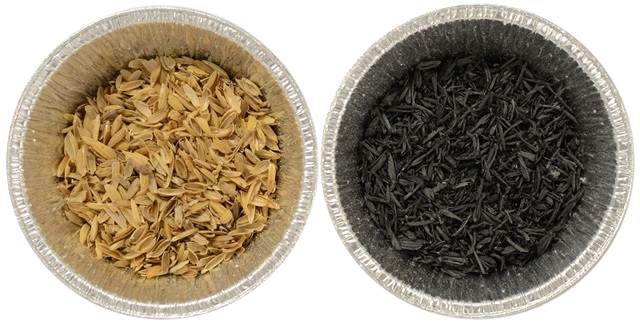
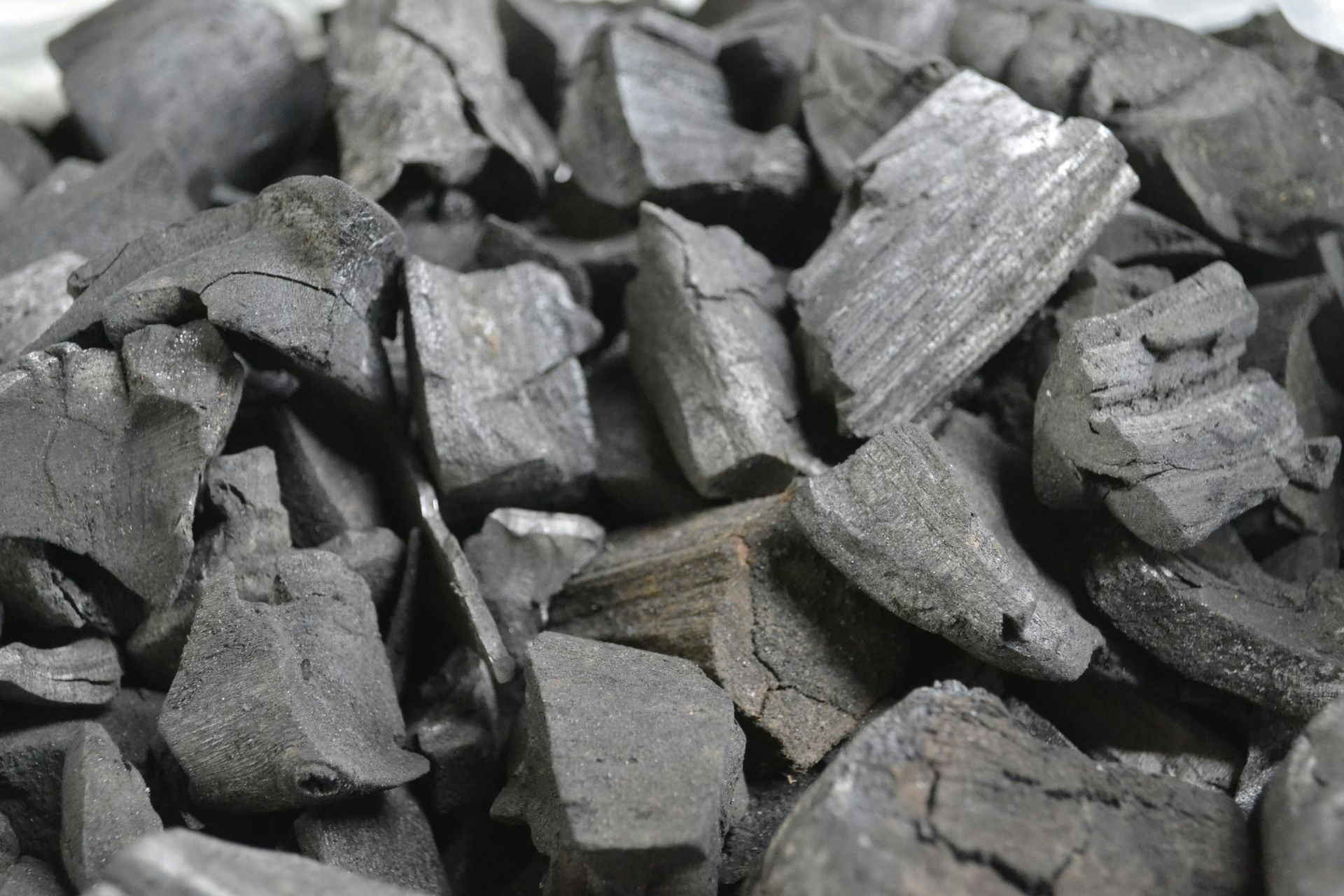
Production of biochar using waste biomass is seen as a permanent method of removing carbon dioxide from the atmosphere and storing it on long timescales. Importantly, the amount of “fixated” carbon in the biochar product is quantifiable and high-integrity carbon credits can be generated.
Another great benefit of biochar is its soil amendment property – biochar can enhance the storage capabilities of the soil's nutrients, improving fertility of the soil and enhancing crop yields. Mixing the produced biochar into soil can therefore lock away stored carbon, whilst also providing added benefit to agriculture.
Regenerative Agriculture
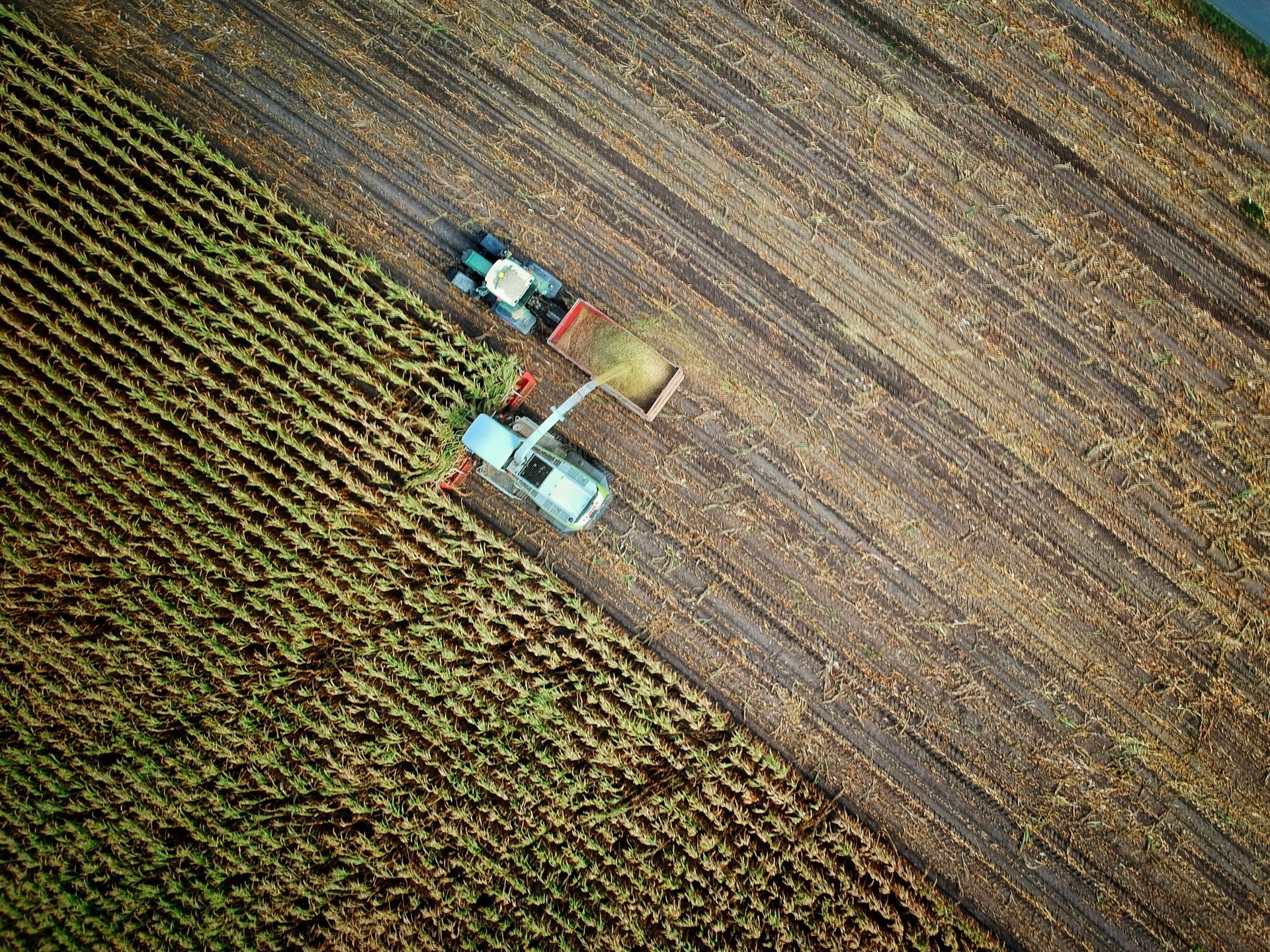
Similar to the case of biochar, regenerative agriculture can take large amounts of CO2 out of the atmosphere and tie it back into the soil. Typically, when fields are worked with heavy machinery, their soils leach trapped carbon dioxide back into the air.
By using regenerative farming techniques such as cover cropping, new planting techniques allow for more carbon drawdown via photosynthesis, which is then stored it in the soil below. Through regular measurements on the soil to show the changing carbon content, the sequestered carbon is proven and certified as carbon credits.
Cover crops are an important soil carbon sequestration strategy for agricultural sectors. The roots and shoots of cover crops feed bacteria, fungi, earthworms and other soil organisms, which increases soil carbon levels over time.
Some farmers think of this sequestration as “restoring” their soil carbon to the level that it was before cultivation or the initial ploughing of the soil for agricultural production. Others are calling themselves “carbon farmers” or are expressing the importance of soil health in general by referring to their responsibility to care for the “herds” of microorganisms in the soil.
Afforestation (ARR)
Reforestation is when trees are planted in an area from which they have recently been felled. It aims to restore forests to their previous state following degradation.
Afforestation, on the other hand, refers to the planting of trees on land where none previously existed.
Unlike forest conservation, reforestation and afforestation both remove additional carbon from the atmosphere. As such, these projects generate removal credits and, if done well, can be extremely beneficial to local biodiversity.
We focus on projects which have long-term positive impacts on biodiversity through use of native species and appropriate selection of land.
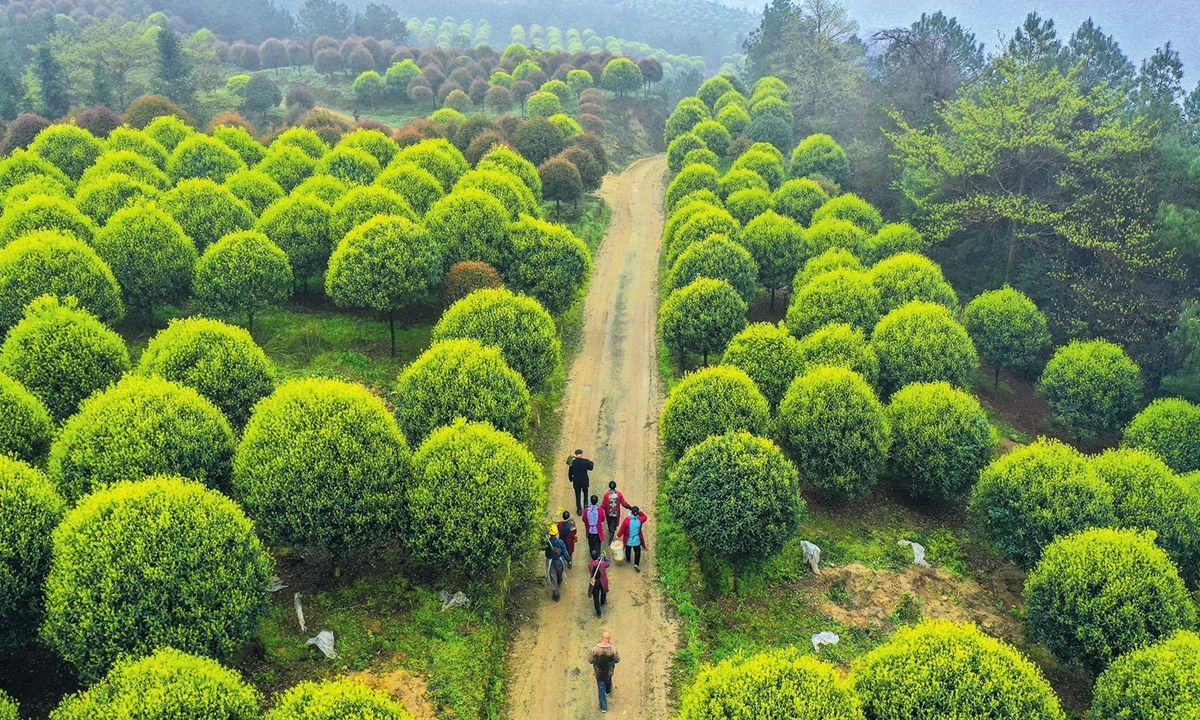
Mangroves
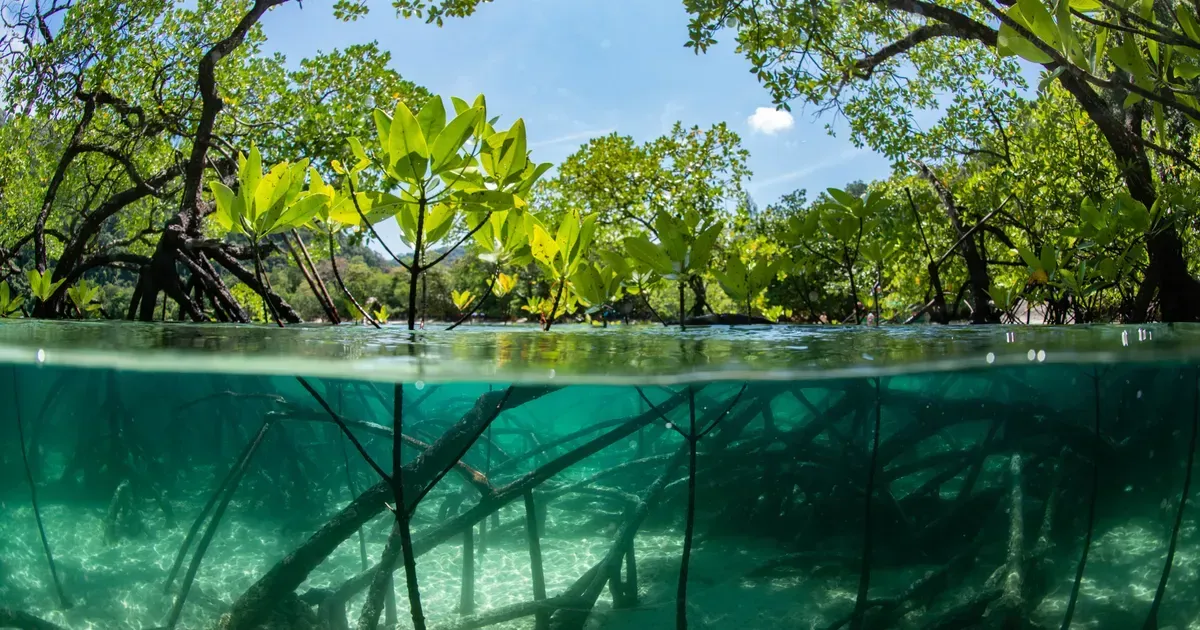
Blue Carbon projects store carbon in coastal ecosystems like mangroves, seagrasses, and salt marshes. Blue Carbon is so-called because it is stored in marine or coastal living organisms and the sediments beneath them.
These ecosystems cover just 1% of the ocean floor but can store up to 10 times more carbon per unit area than terrestrial forests. As such, they are vital for the health of our planet.
They not only store carbon but also provide essential services such as water purification, coastal protection, and habitat for marine life.
Similar to afforestation projects, we focus on those with long-term positive impacts on local communities and biodiversity through community engagement and appropriate selection of land.
